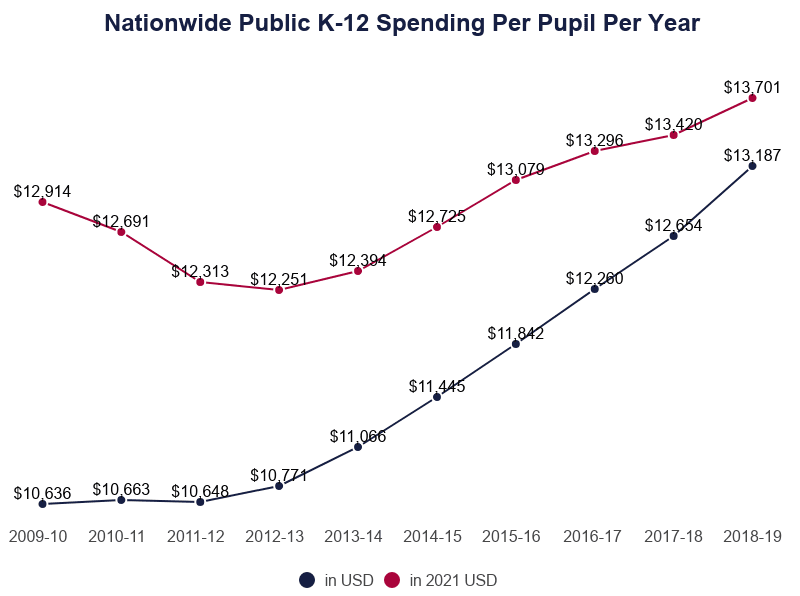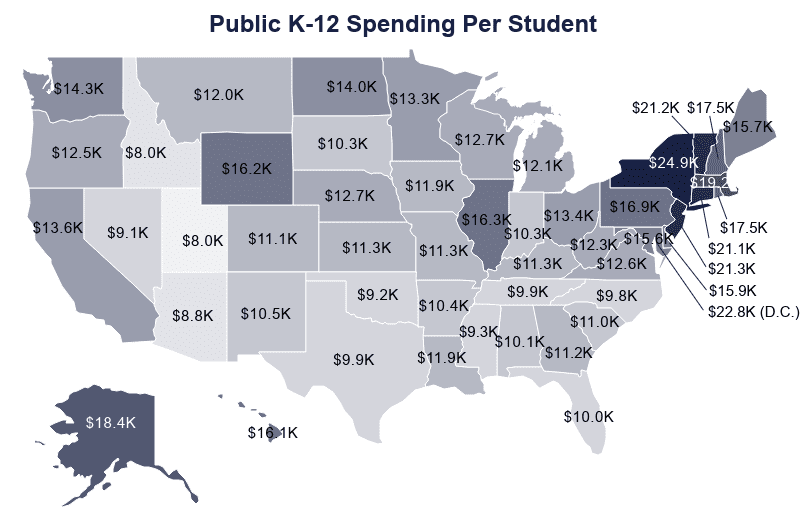Hi, welcome to my blog. In this blog, I will be discussing the good and bad of education in the United States from flaws, finances, fairness, and more. As many are aware, the education system in the United States is nowhere near perfect. Although it has come a long way, and it is ranked the number one educational system in the world by World Population Review, they also state that “U.S students consistently score lower in math and science than students from many other countries.” If the US is the number one educational system in the world, why might this be occurring?
Not only does the US public education system flaw in testing scores, but financial aspects. Education Data Initiative states that “Federal, state, and local governments provide $764.7 billion or $15,120 per pupil to fund K-12 public education.” If we are spending this much money on public education, why is there still flaws? So. Many. Flaws. As I dive deeper into my blog throughout the semester, the financial flaws of the United States public education system will be discussed much further, from teachers’ pay to quality of public schools’ buildings.

As stated above, the United States government provides almost $765 billion per year to public education. With this, so much of this money is coming from taxes paid by citizens. Even citizens who may attend private schools pay taxes to fund public schools, and they are not an option (rightly so, they are provided to people for a reason.) Taxes are paid by everyone, from a sixteen year old at their first job to a sixty five year old getting ready to retire. As someone who attended a public school their whole life up until going to a private high school, I’ve seen differences in private schools funding and public schools funding. For example, private schools struggle because they are not/are minimally funded by the government, therefore relying on donations from students, parents, alumni, and families, whereas public schools struggle because they are not getting enough money from the government, and also get minimal donations.

From test scores, to teachers, to students, to taxes, governmental costs, school buildings, and more, there is so much to be discussed about the public education system in the United States. As the semester goes on, I cannot wait to learn and share more about these topics which if not already impacting us all, will most likely do so someday.